NAFTA 2.00: The New US-Mexico-Canada Trade Agreement
- 10-10-2018
- By Pilot Law LLP
The conclusion of an agreement in principle (and that is all it is at present) between the Trump Administration and Canada and Mexico on September 30, 2018 marked the culmination of a 13 month negotiating marathon between the three countries marked by an extraordinary level of interpersonal conflict and spite at various points. While some commentators, particularly in the US, have painted the agreement as a victory for the “America First” trade policies of the Trump Administration, closer examination of the high points of the agreement seem rather to point to a new agreement very similar in most major respects to the NAFTA, differing only in detail rather than overall approach. A significant piece of unfinished business remains the 25% steel and 10% aluminum tariffs imposed on Canadian and Mexican steel and aluminum which remain in place pending further negotiation. The ongoing dispute over Canadian softwood lumber exports to the US similarly remains unresolved.
There are at least two major, and unexpected gains for Canada: first and foremost, new rules of origin for automobiles and parts contain new labour value requirements that will reduce the low wage attraction of Mexico and restore some economic benefit to assembling vehicles in the US and Canada. This is likely to provide at least a partial recovery of jobs in the Canadian auto sector. Secondly, access to the investor state arbitration provisions of NAFTA Chapter 11 will terminate three years after the entry into force of the USMCA. Canada has become a primary target of cross-border litigators seeking financial compensation for US corporations from alleged adverse effects stemming from implementation of Canadian social and economic development policies. This adverse result was never contemplated by Canadian NAFTA negotiators in 1990-91.
An additional element that many Canadians will favour is the apparent removal of the “proportional sharing” provisions of the NAFTA energy chapter that guaranteed the US a proportional share of Canadian energy supplies in the event the Canadian government introduced restrictions on exports of energy products.
The following is a brief overview of some of the most significant existing NAFTA provisions, US negotiating demands and the ultimate agreed outcome under the USMCA.
The next article in our USMCA series will be “When Will The New USMCA Come into Force?”.
 Mark Sills
Mark Sills
Colleague
Pilot Law LLP
Connect with me on LinkedIn
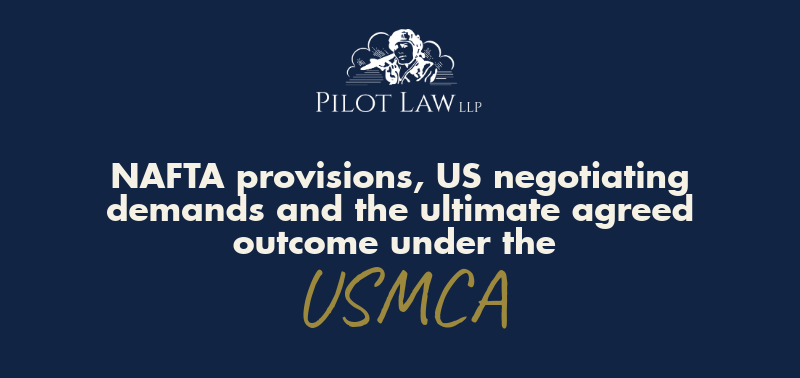
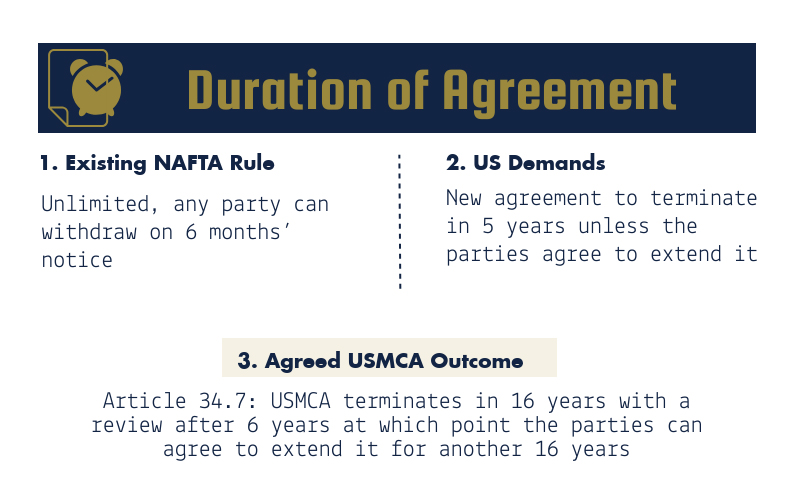
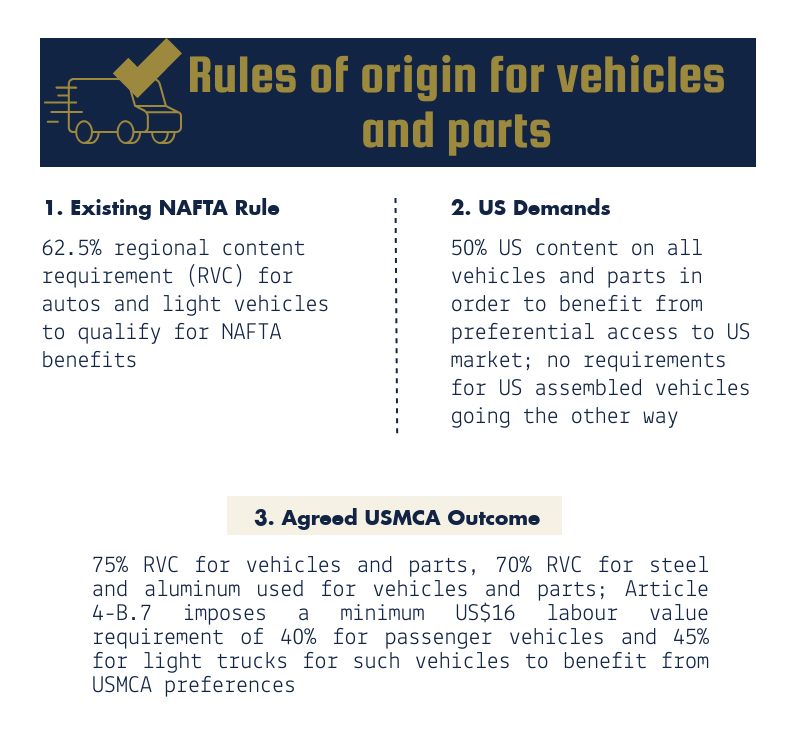
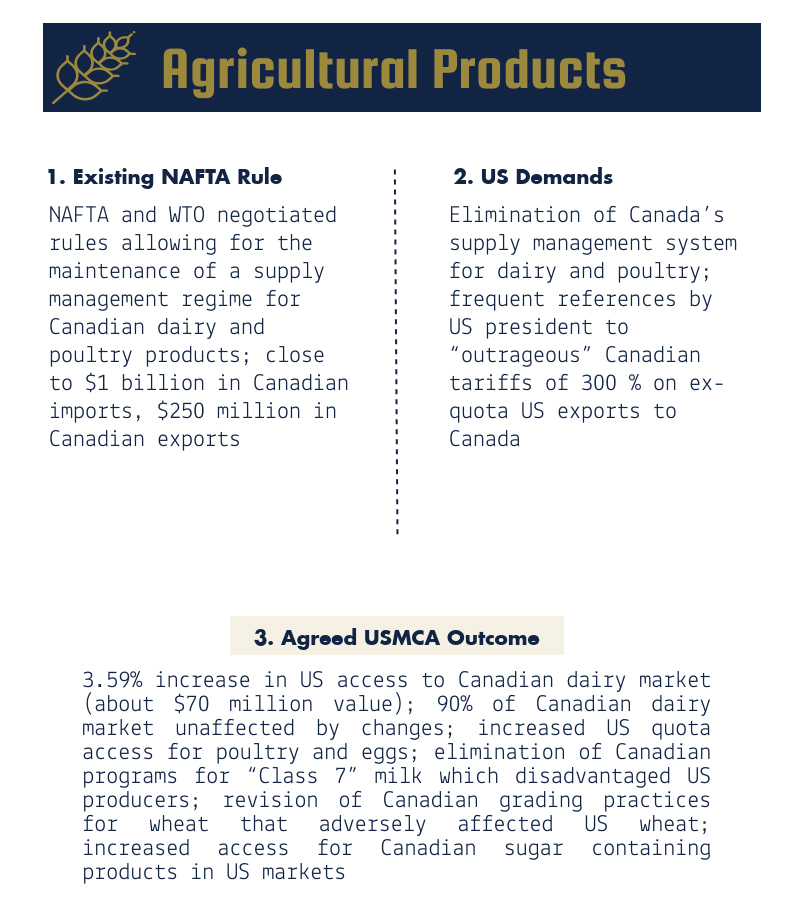
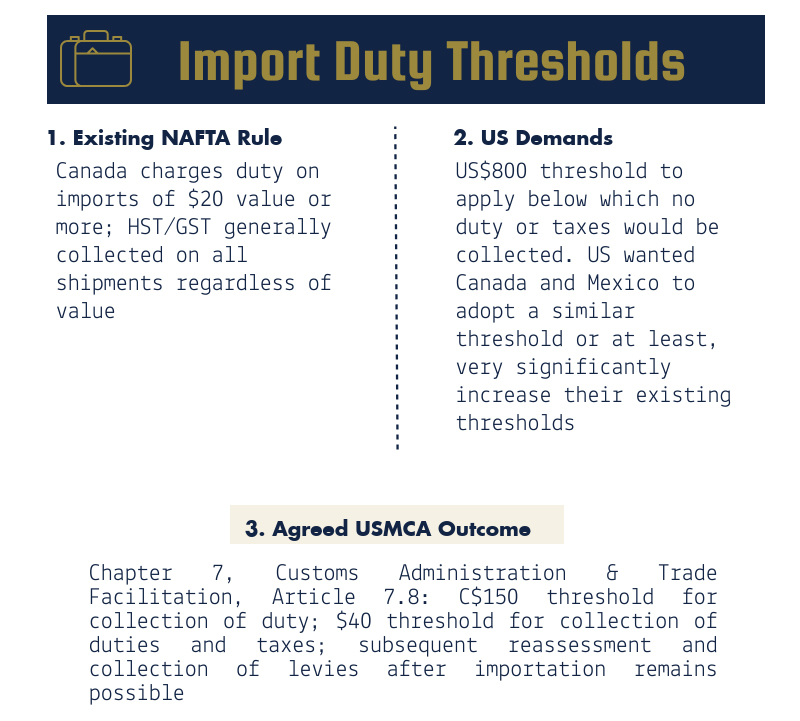
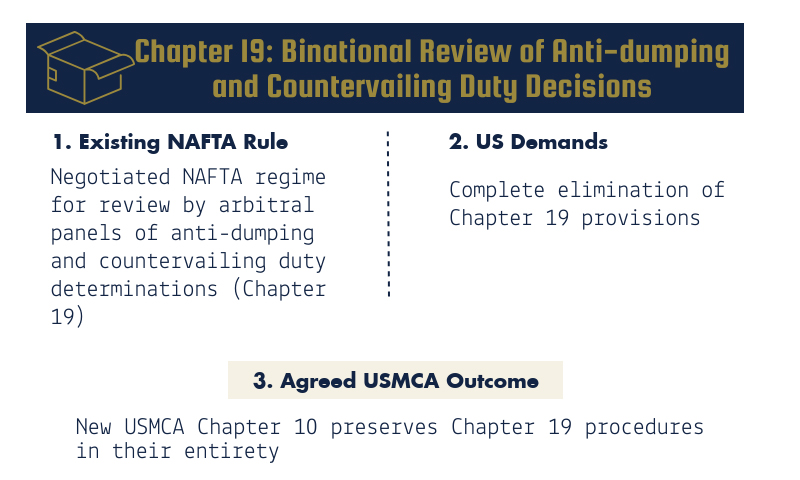
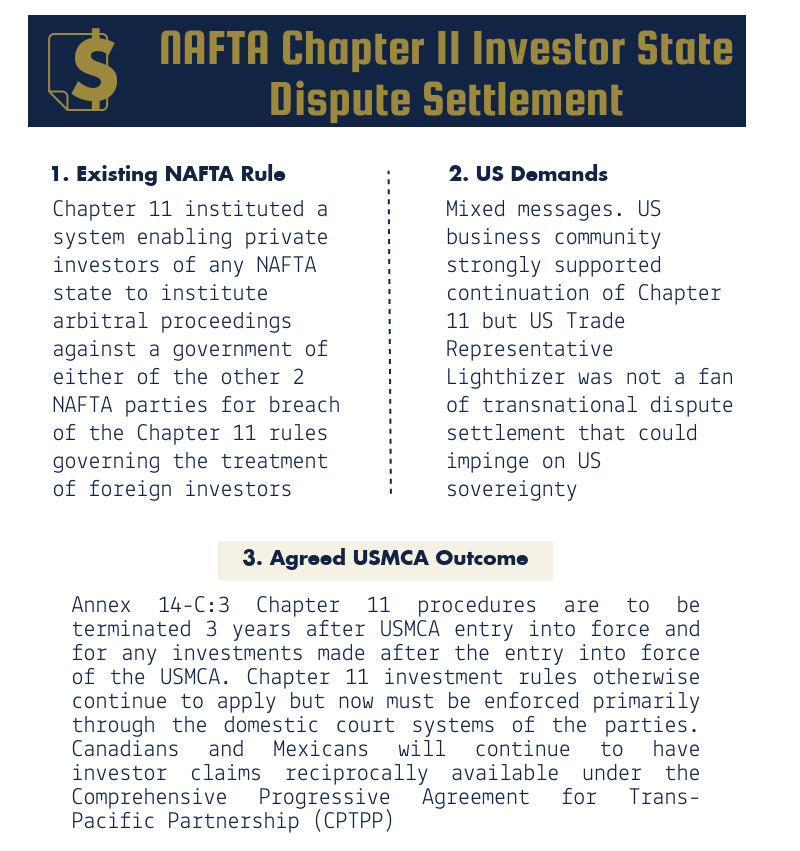
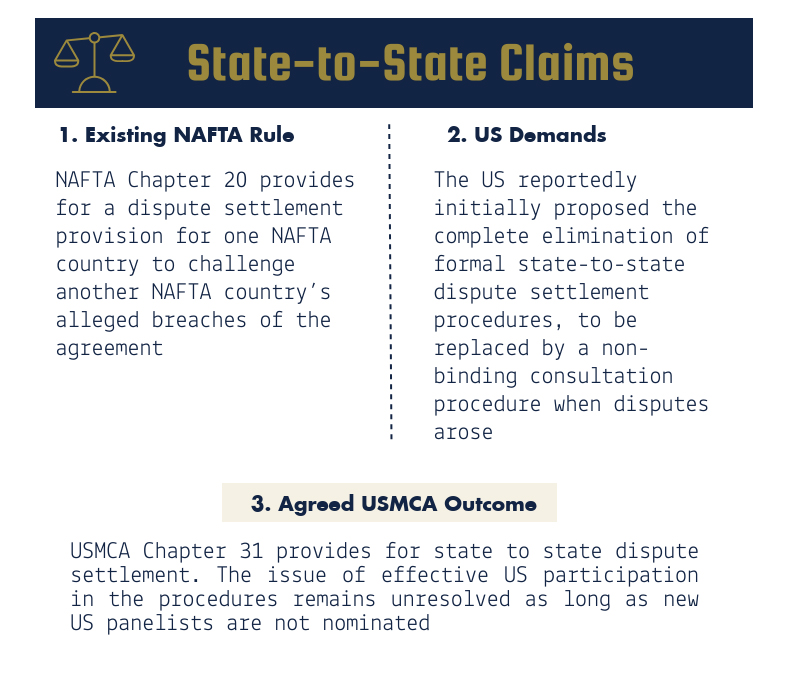
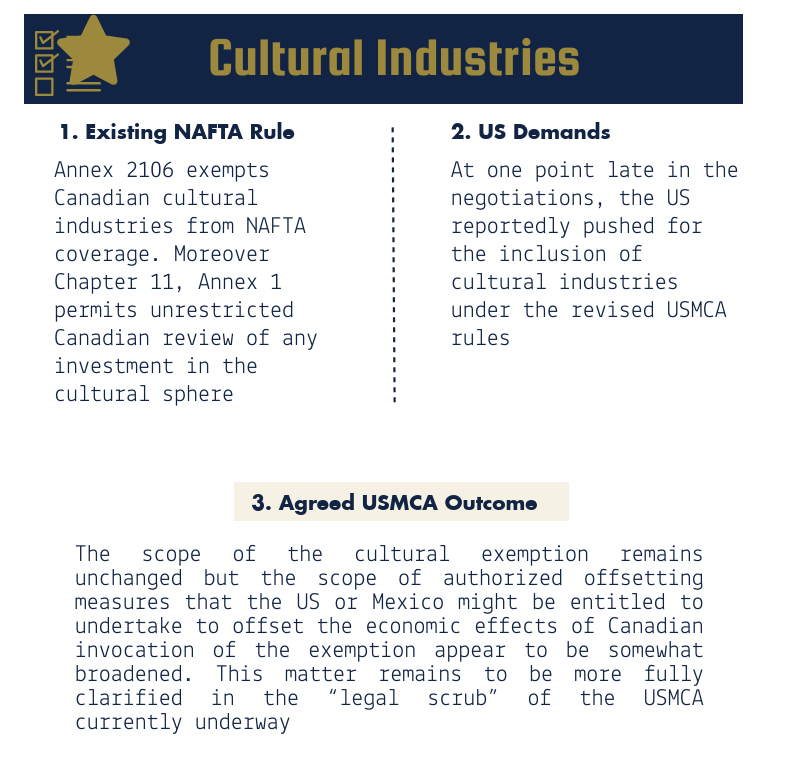
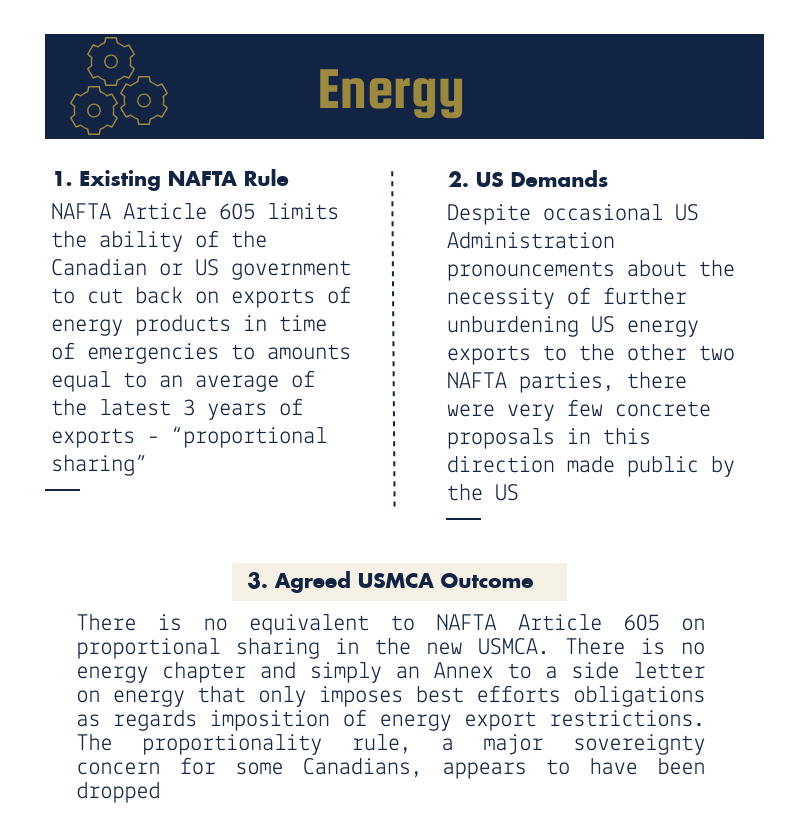
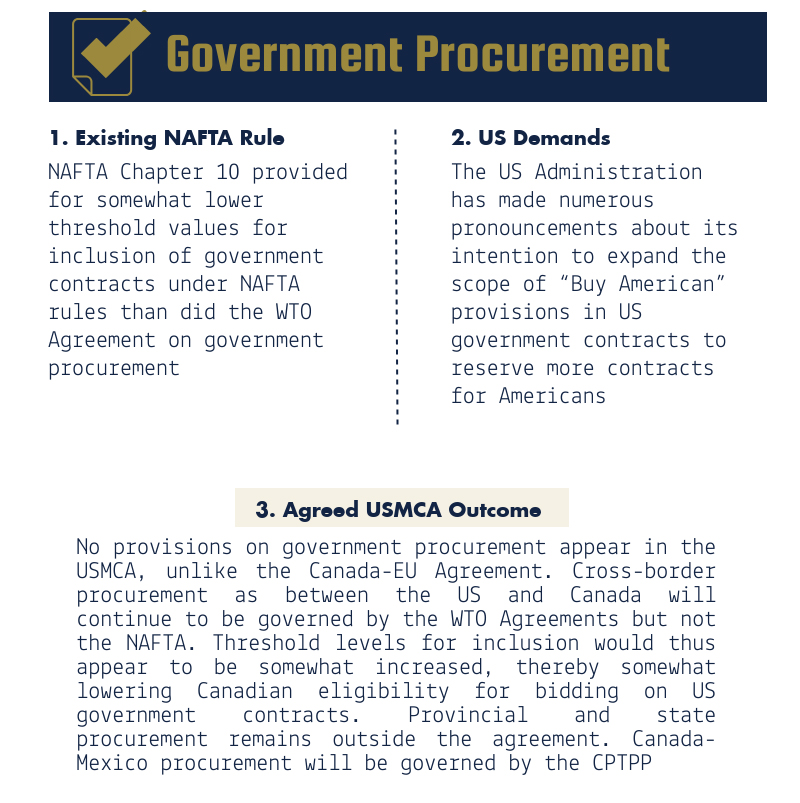
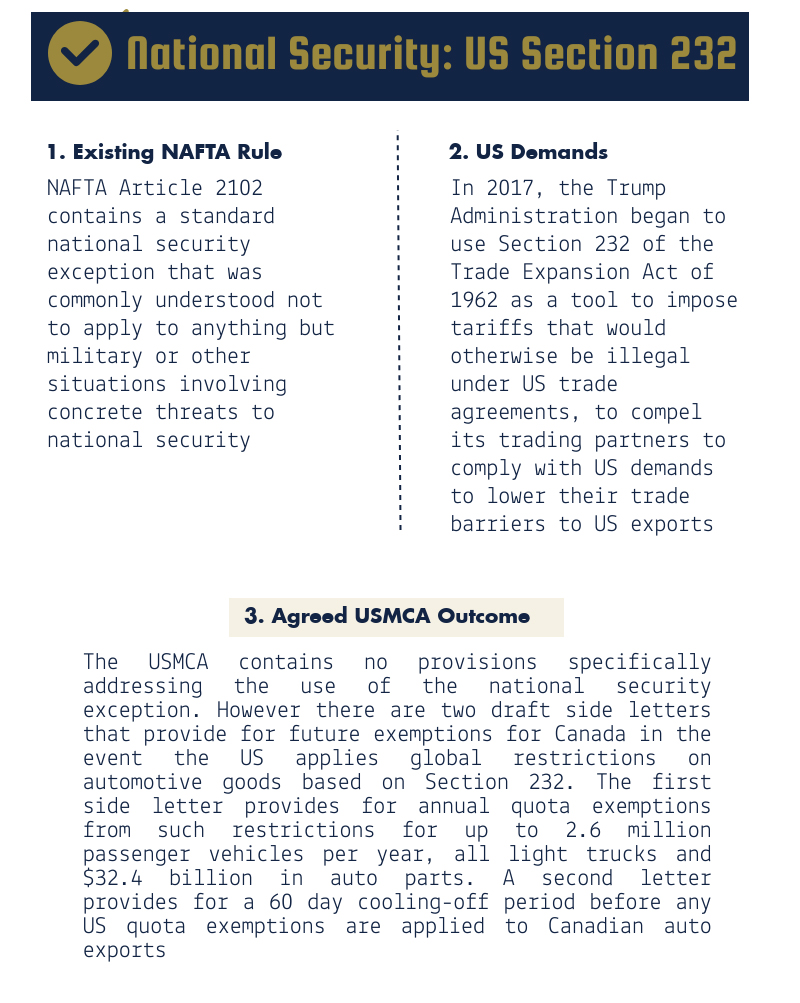
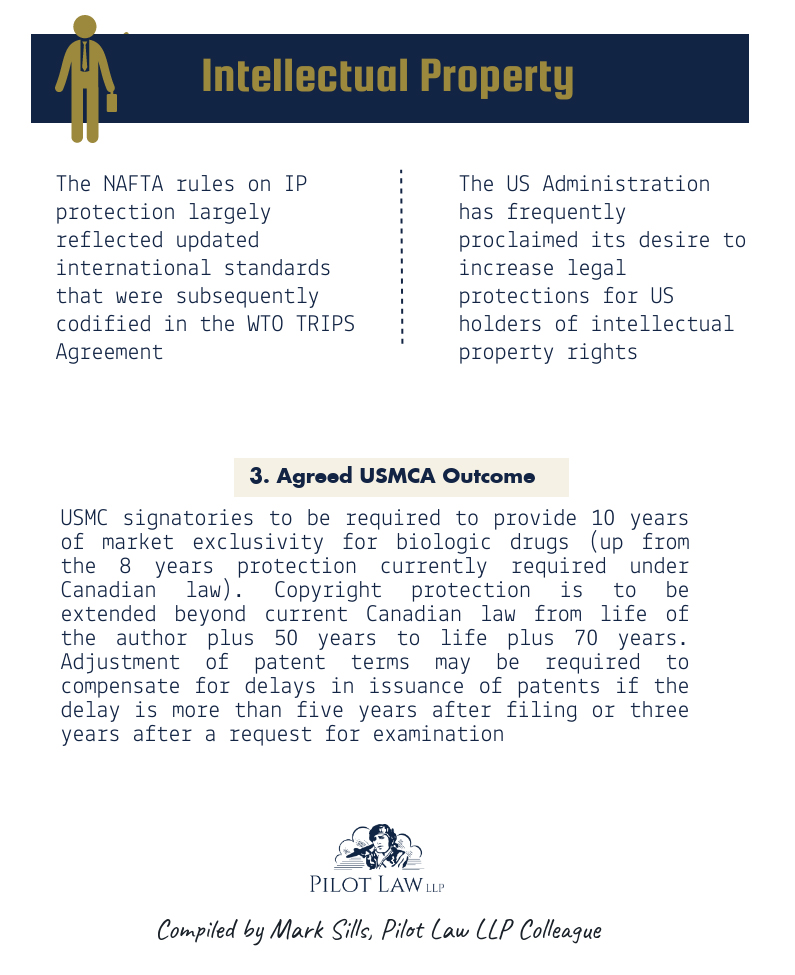

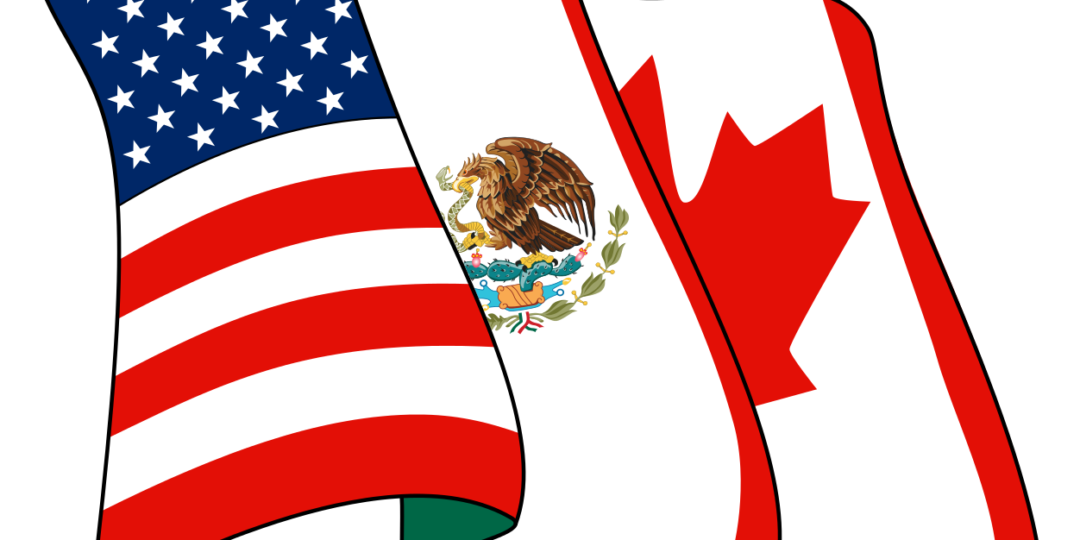



 100 King Street W. Suite 5700, Toronto, ON M5X 1C7
100 King Street W. Suite 5700, Toronto, ON M5X 1C7
